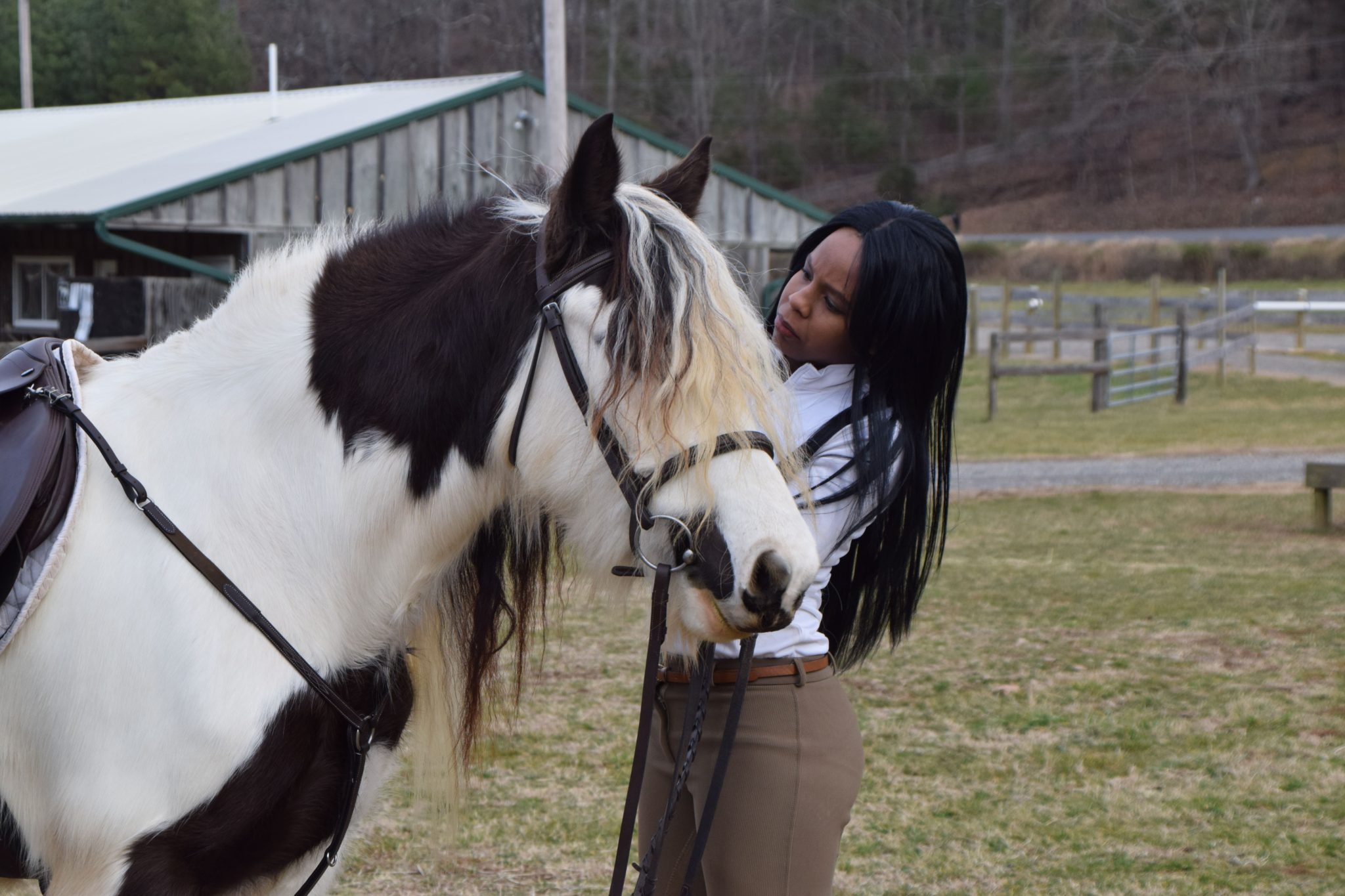Your horse is a living, breathing creature with its own needs and habits. You also have your own individual requirements and needs when it comes to horse riding equipment maintenance. The good news is that you don’t need to be an expert in equine science to take care of your horse properly. Following a few simple equipment maintenance guidelines can help keep your horse healthy, happy and strong for many years to come.

Top 5 tips for Better Equipment Maintenance are:
Check Your Horse’s Feet
Your horse’s feet are a crucial part of the equine body. They are the legs that allow the animal to stand, walk and run. The feet are also crucial for balance, agility and the ability to climb. When a horse’s feet are healthy and in good condition, the horse is able to walk effortlessly. Having healthy feet will also help your horse’s balance, allowing it to move with less effort.
Inspect your horse’s feet regularly. You should do this at least once a day. Look at their hooves, their nails and the bottom of their legs. If you notice anything unusual or that seems out of the ordinary, like your horse limping, see your vet right away. Anything that causes pain or limping can indicate that there is an underlying issue that needs addressing.
Brush Your Horse’s Hair
Horses are great at shedding their hair, but it is important to brush it from time to time. Brushing your horse’s hair prevents matting, which can cause friction and pain for both you and your horse. Brushing your horse’s hair regularly will also help reduce the risk of lice and mites.
If your horse has these pests, it will result in a disgusting and annoying infestation for both of you. Brush your horse’s mane and tail, as well as their inside hind leg. Brush the rest of their hair out, but don’t brush the pastern (front leg) or the outside of their fetlocks (ankles).
Repair Saddle Tears and Scratches
Dings and scratches on your horse’s body are normal. However, the risk of infection increases if you do not disinfect them. A simple solution is to use an alcohol-free sanitiser like Lysol to disinfect your horse’s wounds. You can also use a clean and dry cloth to dab the wound, so that the sanitiser can reach the inside of the wound.
It is also important to remember that any horse tack that is severely damaged should be replaced as soon as possible. If there is a tear in your horse’s saddle, use a waterproof glue to mend it. Keep the glue in an easily accessible place, so you can apply it to the tear immediately.
Check Your Saddle Organised
Horses are very clean animals. This is not surprising, since their hooves are often dirty and it can be difficult for them to clean themselves. You should clean your horse’s feet and pasterns regularly. Cleaning your horse’s feet and pasterns keeps them clean and also prevents infections such as thrush, which can be nasty and difficult to get rid of. If your horse has thrush, it will result in a nasty and unpleasant taste in their mouth.
Equipping your horse with an adequate water supply is also an important part of maintaining good horse riding equipment maintenance. If your horse does not have access to clean water, it will try to drink from puddles and dirty areas. This will cause them to swallow more dirt and bacteria than they could otherwise.
Don’t Forget the Necktie
A horse’s neck is extremely strong. It is critical to take care of your horse’s neck. This means ensuring that it is free of any signs of injury or strain, and that it is fed and watered regularly. A horse’s neck is particularly susceptible to injury when working in the field. This is because it is often in full view and working alongside other horses.
To prevent injury or strain to your horse’s neck, ensure that their head is lowered when they are being led. This will prevent them from becoming spooked by other horses or potholes in the road. It is also important to remember that your horse’s neck is asbestos-laden. This means that it is extremely vulnerable to developing cancer in the future.
Wrapping up
Remember that your horse is a living creature with its own needs and habits. Take the time to learn about horse riding, equipment maintenance, and your relationship with this special animal will be even more rewarding. Horse riding can be a great way to get exercise, bond with your kids and explore the countryside. It also teaches you about responsibility and cooperation.













